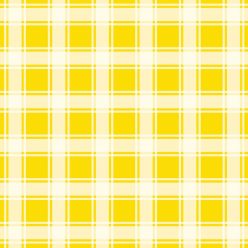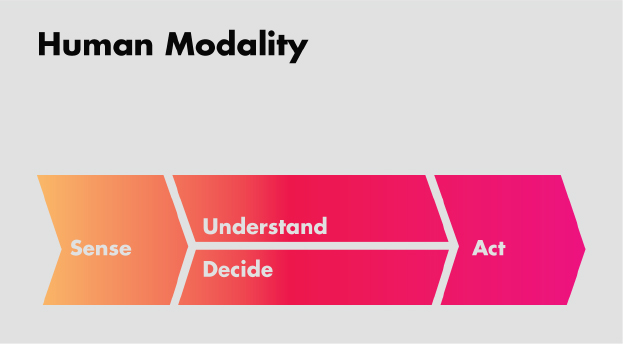Sense is a concept design by CD&I Associates created back in 2009. It aims to provide users with a more immersive experience while online shopping, watching movies or playing games, amongst other screen-using activities. Sense aims to provide haptic, thermal and olfactory sensations in addition the the visual and auditory outputs of the common screen.
PROS
It would extend the virtual world even more and would expand boundaries between the real and virtual worlds. Users can be engaged more through giving feedback to more senses.
CONS
There would be a limit to the variety of sensations that the device would be able to reproduce, and it is unclear whether it would be effective or useful at all.
ALTERNATE USE
This would be very interesting if developed for virtual or augmented reality. There is much to explore on the possibilities of creating a very real virtual world. However, the interface must be developed to be more than just a screen/tablet interface. How do we replicate sensations and movements?
———————-
While on the topic of senses, I came across this book called Designing Across Senses by John Alderman and Christine W. Park, whose first chapter is available on Safari.
The senses are the (only) ways that we have of experiencing the world. Understanding how they work is key to designing new interfaces. They can also be extended by technology, with sensors that can go places, stay alert, and perceive things that we can’t. These design methodologies expand upon existing practices and introduce some new ones. Both the human capacity and device capability for multimodal combinations and activities is near limitless.
It opened my eyes to the fact that we experience the world through our senses. The information received from our senses is then processed and meaning is extracted from it to take action and make decisions. Every experience is multimodal: understood/processed through a combination of different senses.
Devices also have modes. They are usually created based on specific types of physical information. Other than visual interfaces, speech, touch, olfactory, haptic and gestural interfaces are now very commonly found in many devices.
Many different kinds of human behaviour can now be used as input and be processed into various kinds of outputs.
Much of interaction design relies on how each sense works individually and on abilities that emerge from how we integrate them together. Mapping sensory modalities to interface modes correctly can mean the difference between a cohesive experience and a disjointed one.
After reading this chapter, I realised how in design, it is important to revolve around the human senses as it is what we experience the world through, and that by engaging different senses in different ways, there is much we can do to explore the human-device interaction, or even human-human interaction through devices.



